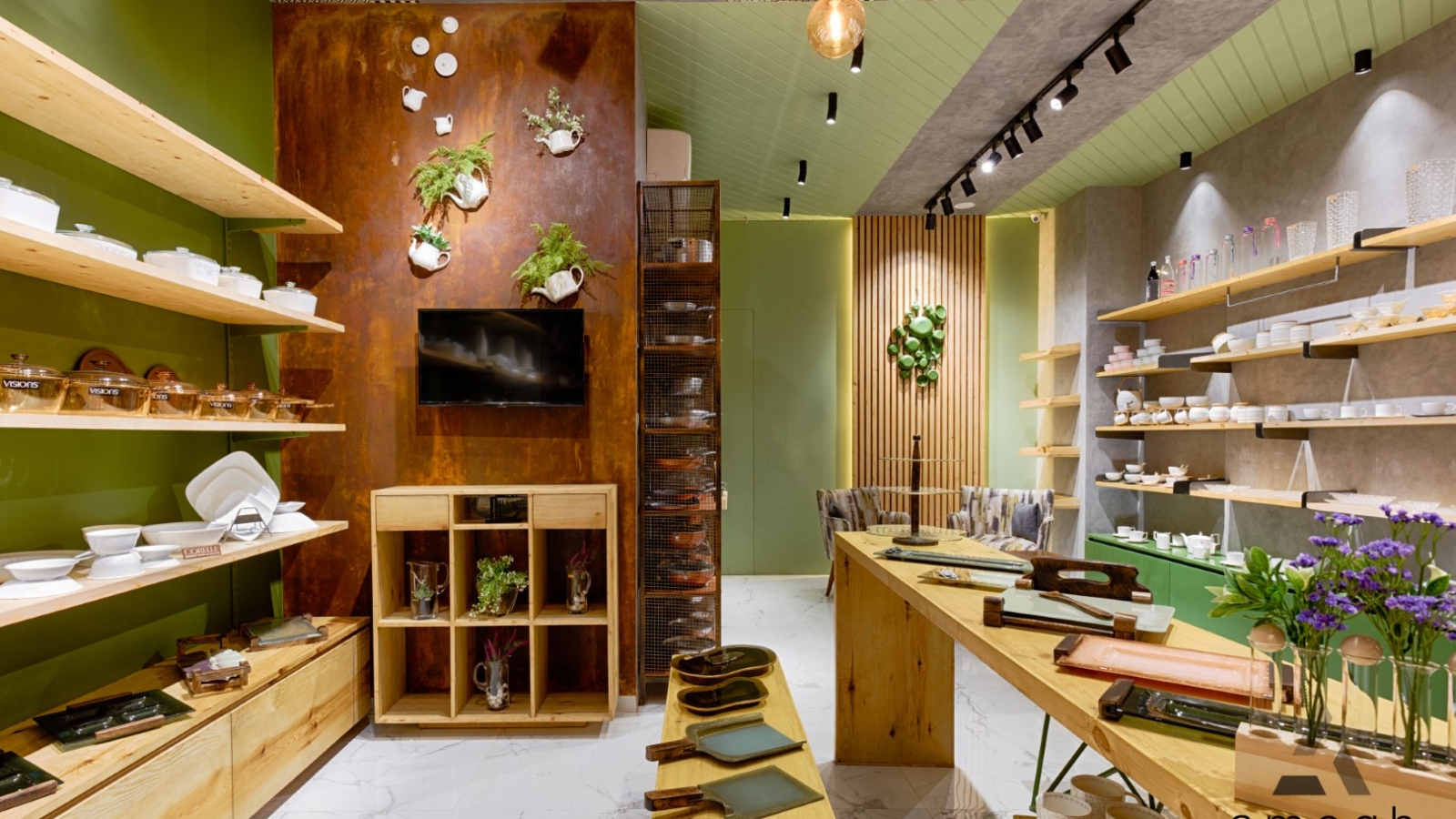In today’s competitive retail landscape, it’s not enough to simply stock shelves with products and hope for the best. The key to success lies in creating an unforgettable shopping experience that keeps customers coming back time and time again. And that all starts with retail interior design.
From the moment a customer steps through the doors of a retail space, they should be transported into a world that evokes emotion, inspires curiosity, and encourages them to explore. Here are some key elements of effective retail interior design to keep in mind.
- Create a Clear Path One of the most important things you can do in retail interior design is to create a clear path for customers to follow. This not only makes it easier for them to navigate your store, but it also helps to guide them towards your key products and promotions. Use focal points like eye-catching displays and signage to draw customers in and encourage them to move around the store.
- Set the Mood Your retail interior design should be tailored to the mood you want to evoke in your customers. Are you aiming for a relaxing, spa-like atmosphere? Or do you want to create a sense of excitement and energy? Consider factors like lighting, color schemes, and music to set the tone and create a cohesive experience throughout your store.
- Emphasize Branding Your retail interior design should also reinforce your brand identity and values. This can be done through the use of logos, color schemes, and messaging throughout the store. Make sure that your branding is consistent across all touchpoints, from your storefront to your product packaging.
- Prioritize Comfort In order for customers to spend time exploring your store, they need to feel comfortable. Make sure that there are plenty of seating areas, restrooms, and other amenities to keep them feeling relaxed and engaged. Consider incorporating tactile elements like textured fabrics and natural materials to add to the comfort factor.
- Don’t Overcrowd While it can be tempting to cram as many products into your store as possible, this can actually be counterproductive. Overcrowding can make customers feel overwhelmed and make it harder for them to find what they’re looking for. Instead, focus on creating a sense of spaciousness and simplicity, with clearly defined areas for different product categories.
In conclusion, retail interior design is all about creating an immersive, engaging experience for your customers. By following these key principles, you can transform your store into a destination that customers will want to return to time and time again. So go ahead, get creative, and see where your imagination takes you!

